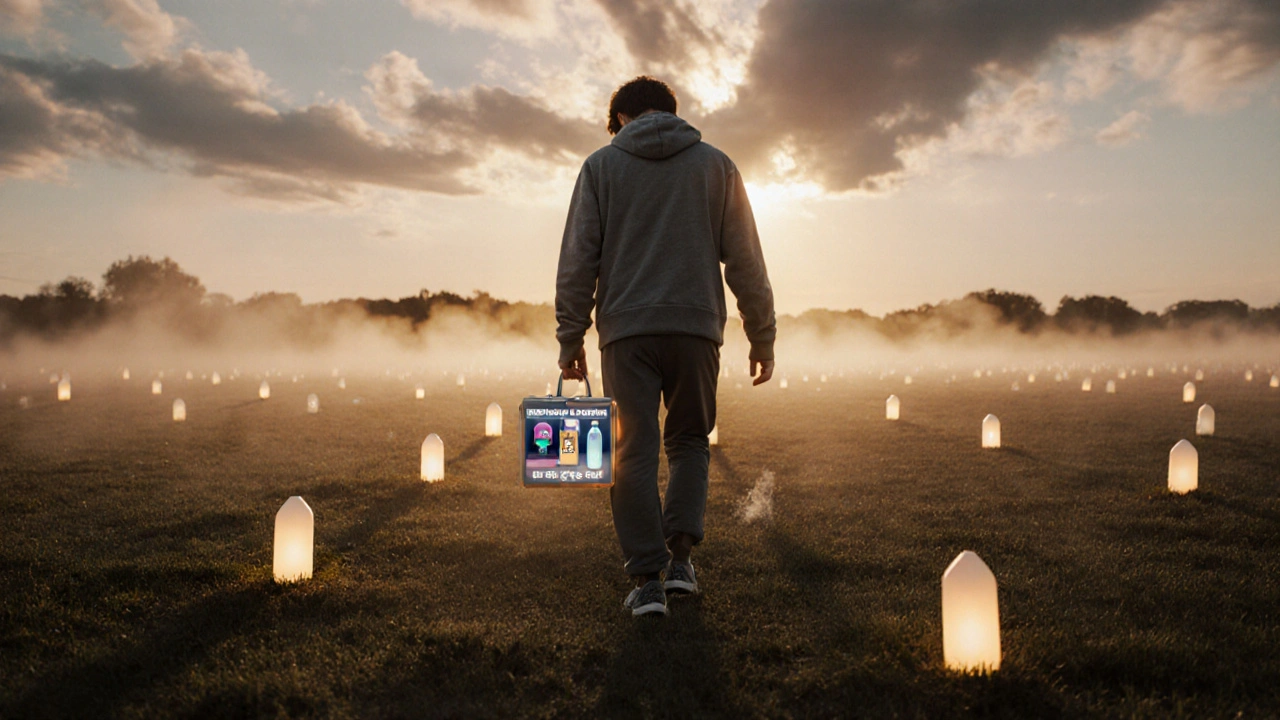When talking about posttraumatic stress disorder, a mental health condition that can develop after a frightening or dangerous event. Also known as PTSD, it often stems from trauma, the emotional shock caused by events like combat, assault, or natural disasters and can coexist with anxiety, persistent worry and physical tension that amplify stress responses. Understanding these links helps you see why therapy, structured professional support such as CBT or EMDR, is a cornerstone of recovery.
posttraumatic stress disorder often shows up with three core patterns: intrusive memories that replay the event, avoidant behavior that steers you away from reminders, and heightened arousal like insomnia or irritability. These patterns aren’t random; they form a feedback loop where each symptom fuels the next, making daily life feel like a constant battle. For instance, nightmares trigger daytime anxiety, which in turn makes it harder to relax before sleep, perpetuating the cycle.
Research shows that the brain’s stress system rewires after severe trauma. Elevated cortisol levels can disrupt memory processing, while the amygdala becomes hyper‑active, flagging harmless cues as threats. This neuro‑chemical shift explains why simple sounds or smells can spark a full‑blown panic response years later. Knowing the biology gives you a clearer picture of why professional help isn’t just “talk therapy” but often includes medication to balance neurotransmitters.
Diagnosing PTSD isn’t a gut feeling; clinicians use standardized criteria from the DSM‑5, asking about duration, frequency, and impact of symptoms. A thorough assessment looks for at least one intrusive symptom, one avoidance behavior, and two signs of negative mood or hyper‑arousal persisting for more than a month. Early diagnosis matters because it opens the door to targeted interventions before the condition hardens into chronic distress.
When it comes to treatment, a multi‑modal approach works best. Cognitive‑behavioral therapy (CBT) helps reframe traumatic thoughts, while Eye Movement Desensitization and Reprocessing (EMDR) targets the memory network directly. Medications like selective serotonin reuptake inhibitors (SSRIs) can ease anxiety and improve sleep, setting the stage for therapy to be more effective. Combining these tools often yields faster relief than relying on a single method.
Beyond formal therapy, everyday coping tactics can reduce symptom flare‑ups. Grounding exercises—like naming five things you see, hear, and feel—anchor you in the present when flashbacks strike. Regular physical activity releases endorphins that counter stress hormones, and a steady sleep routine lowers cortisol spikes. Social support matters too; sharing your experience with trusted friends or support groups normalizes feelings and cuts isolation.
All these pieces—understanding triggers, recognizing symptoms, seeking proper diagnosis, and embracing both clinical and self‑help strategies—create a roadmap for managing PTSD. Below you’ll find articles that dive deeper into each of these areas, from the science of trauma to practical tips for daily resilience. Explore the resources to build a personalized plan that fits your life and start reclaiming calm today.

Learn why self‑care is essential for PTSD sufferers, explore practical daily habits, avoid common pitfalls, and build a personalized plan that backs up professional therapy.
read more